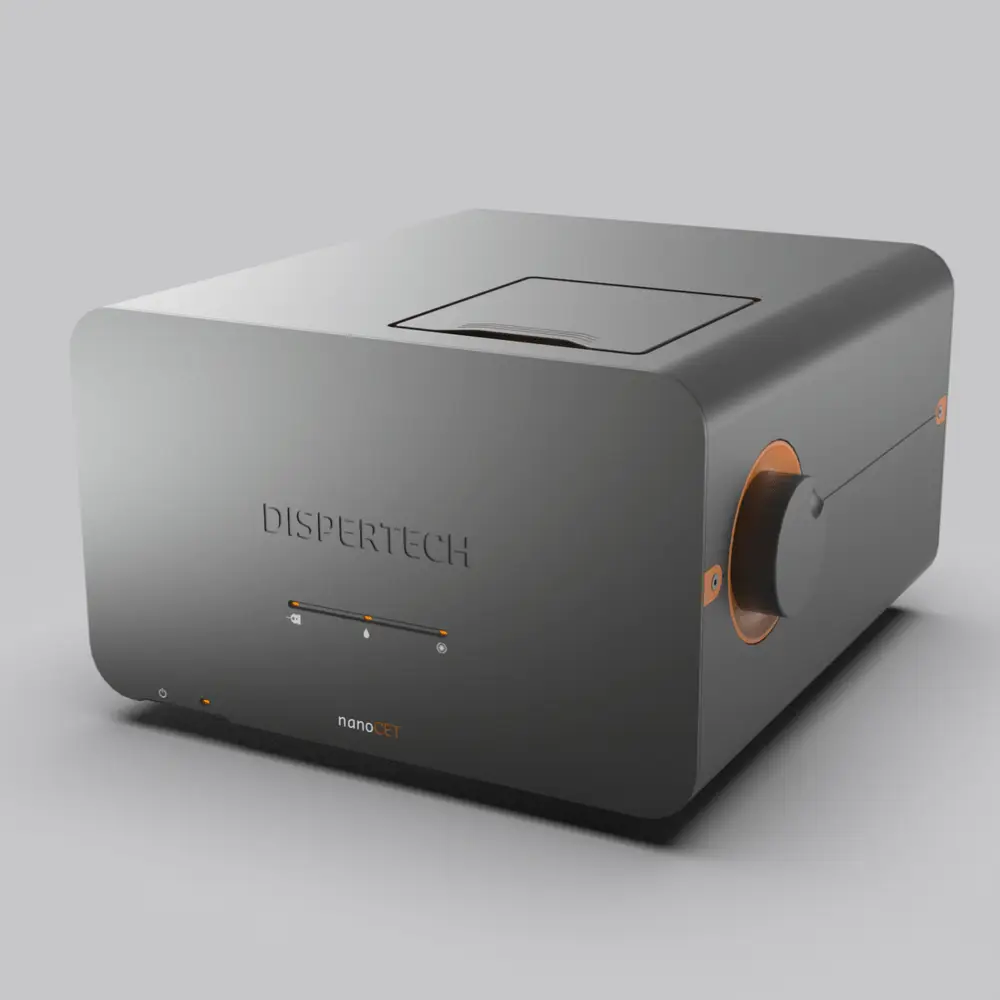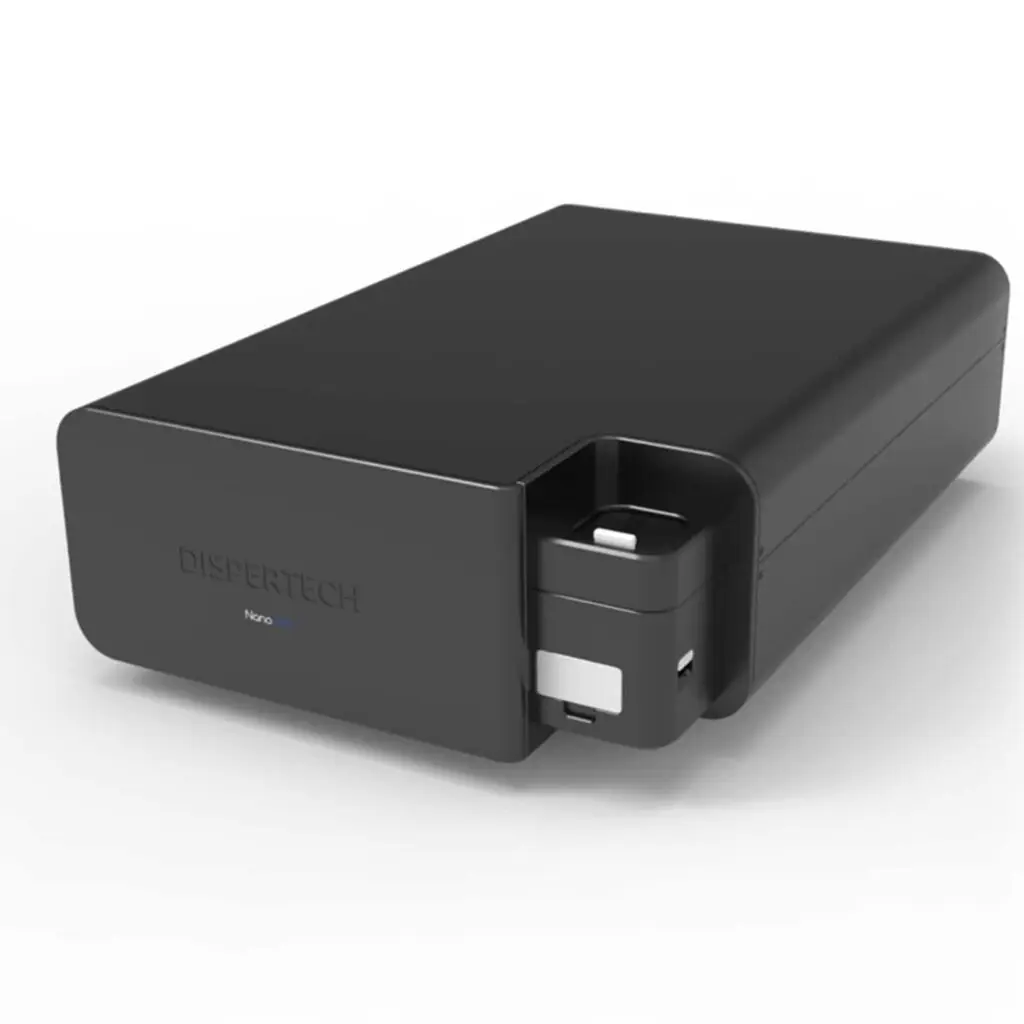
Nanoparticle Characterization
Dispertech’s mission is to empower the scientists from different fields with powerful and accurate tools. The company expertise revolves around the development of optical tools to characterize very small objects, such as Lipid Nano Particles (LNP), Extracellular Vesicles (EV), Viruses, etc.
- Start Date
January 2019
- Category
Deep Tech
- Location
Amsterdam, The Netherlands
NanoCET: From research prototype to product
The nanoCET idea and proof of principly was developed by Sanli Faez as part of several research projects. The core principles were:
- More accurate particle sizing measurements
- Scattering-based method allows higher resolution
- Hollow optical fibers ensure homogeneous illumination
- Open the possibility to study extremely small particles
In 2019 Sanli and me partnered with Nascent Ventures to create Dispertech. The focus was translating the lab prototype into a product that could be used by anyone. As the first and only employee of the company I had to focus both on the technical aspects and on the business development.
The nanoCET is a combination of two optical microscopes, one in charge of coupling a laser to a hollow optical fiber and the other dedicated to recording the movement of particles as they flow through the fiber.
What I learned developing the nanoCET
Product development in a startup has a very specific flavor which is hard to find in other contexts. The biggest challenge is that it requires acting in a highly uncertain environment, making fast decisions with very incomplete information.
- Understanding value propositions
- Listening to customers needs and understanding the pains
- Plan a product development roadmap
- Execute the roadmap within the constraints of a small company
From a technical perspective, I developed the initial prototype using 3D printing. The design was adapted for CNC-milling, assembled, and aligned in-house. I developed the electronics, including the PCB design, soldering, and wiring.
I also developed the software, leveraging the years of experience building Python for the Lab.
The MVP was ready by the end of 2019, we showcased it in a conference, attracting great interest from the Extracellular Vesicle community.
However, the nanoCET was not a good match for EV research. During corona-time the field moved toward other questions and we missed the opportunity to position ourselves within the Lipid Nanoparticle community.
My continuous exploration and awareness of both scientific developments as well as enough exposure talking to customers made us decide to pursue a different product: The NanoQNT.
NanoQNT and the future of EV research
A common concern among researchers was how to measure the number of Extracellular Vesicles and their composition. Fluorescence microscopy is ideal to answer some questions but too slow for practical purposes.
Combining a sample mounting protocol (EVQuant) developed at Erasmus MC with the advantages of Light-Sheet microscopy, we can unify the best of different worlds.
Based on the OpenSPIM (an Open-Hardware project), the nanoQNT scans a large volume very quickly, and a sensitive camera captures the fluorescence from the particles. Performing co-localization experiments becomes a breeze, and quantifying the number of fluorophores per-particle becomes within reach.
I am confident in the success of the nanoQNT. It addresses many of the challenges that researchers, seeking to translate basic science into clinical applications, will face in the next years.

The nanoQNT, as a project, was a team effort. In the previous years Dispertech had grown to few employees, originally targeted to push the nanoCET forward.
One of my core tasks became realigning the team, and refocusing the available resources to match our customers’ expectations.
My Departure from Dispertech
In 2023 I decided to move forward from Dispertech. On the one hand, focusing for too long on the nanoCET, without seeing the effort paying out, was a total drain of energy. On the other, even if I was putting so much from me in the company, I had never been in control.
When I see the company transforming into something in which I couldn’t reflect myself, I realized it was taking much more than what I was getting back.
I wrote about how it feels quitting your own company in this blog post.

